Changing Water Pump + Timing Belt Kit yourself – manuals and video tutorials
Changing Water Pump + Timing Belt Kit: step-by-step guides
Most viewed video tutorials on the installation of Water Pump + Timing Belt Kit
 5 signs of a worn timing belt | AUTODOC tips
5 signs of a worn timing belt | AUTODOC tips How to change timing belt kit and water pump on AUDI A4 (B7) [TUTORIAL AUTODOC]
How to change timing belt kit and water pump on AUDI A4 (B7) [TUTORIAL AUTODOC] How to change timing belt kit and water pump on RENAULT CLIO 3 [TUTORIAL AUTODOC]
How to change timing belt kit and water pump on RENAULT CLIO 3 [TUTORIAL AUTODOC] How to change timing belt kit and water pump on FORD FIESTA JA8 [TUTORIAL AUTODOC]
How to change timing belt kit and water pump on FORD FIESTA JA8 [TUTORIAL AUTODOC] How to change timing belt kit and water pump on PEUGEOT 307 (3H) [TUTORIAL AUTODOC]
How to change timing belt kit and water pump on PEUGEOT 307 (3H) [TUTORIAL AUTODOC] How to change the timing belt, tensioner pulley, and water pump on VW PASSAT B6 [TUTORIAL AUTODOC]
How to change the timing belt, tensioner pulley, and water pump on VW PASSAT B6 [TUTORIAL AUTODOC] How to change timing belt kit and water pump on SEAT IBIZA 3 6L [TUTORIAL AUTODOC]
How to change timing belt kit and water pump on SEAT IBIZA 3 6L [TUTORIAL AUTODOC] How to change Water pump on TOYOTA LAND CRUISER PRADO J150 TUTORIAL | AUTODOC
How to change Water pump on TOYOTA LAND CRUISER PRADO J150 TUTORIAL | AUTODOC How to change timing belt kit and water pump on VOLKSWAGEN GOLF 3 (1H1) [TUTORIAL AUTODOC]
How to change timing belt kit and water pump on VOLKSWAGEN GOLF 3 (1H1) [TUTORIAL AUTODOC] How to change water pump on BMW E36 [TUTORIAL AUTODOC]
How to change water pump on BMW E36 [TUTORIAL AUTODOC] How to change water pump on VW GOLF 2 [TUTORIAL AUTODOC]
How to change water pump on VW GOLF 2 [TUTORIAL AUTODOC]
Replacing Water Pump + Timing Belt Kit: TOP manuals for changing
Video instructions for changing the Water Pump + Timing Belt Kit – playlist by AUTODOC CLUB
 How to change timing belt kit cover tutorial | Step-by-step video guide
How to change timing belt kit cover tutorial | Step-by-step video guide
Advices on car maintenance
 6 SIGNS OF A BAD FUEL FILTER | AUTODOC tips
6 SIGNS OF A BAD FUEL FILTER | AUTODOC tips Noise from under the hood | AUTODOC TIPS
Noise from under the hood | AUTODOC TIPS Symptoms and causes of engine misfiring | How to prevent engine misfire | AUTODOC tips
Symptoms and causes of engine misfiring | How to prevent engine misfire | AUTODOC tips Everything you need to know about the oil filter | AUTODOC tips
Everything you need to know about the oil filter | AUTODOC tips
Unlock your car maintenance assistant!
Track expenses, manage logs, schedule replacements, and more.
How to change Water Pump + Timing Belt Kit on your car yourself
Frequently asked questions about replacing the water pump and timing belt kit
Other car repair tutorials

Time to replace parts? Get even better deals in our Shop app.

SCAN ME


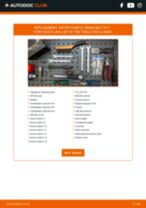

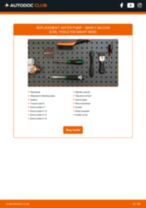
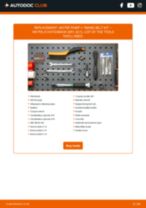

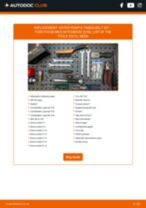
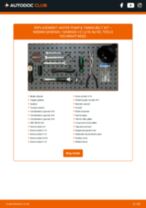

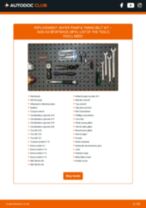
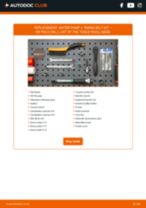


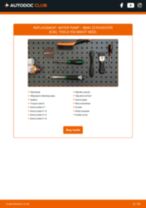
 Play all playlists
Play all playlists





















































